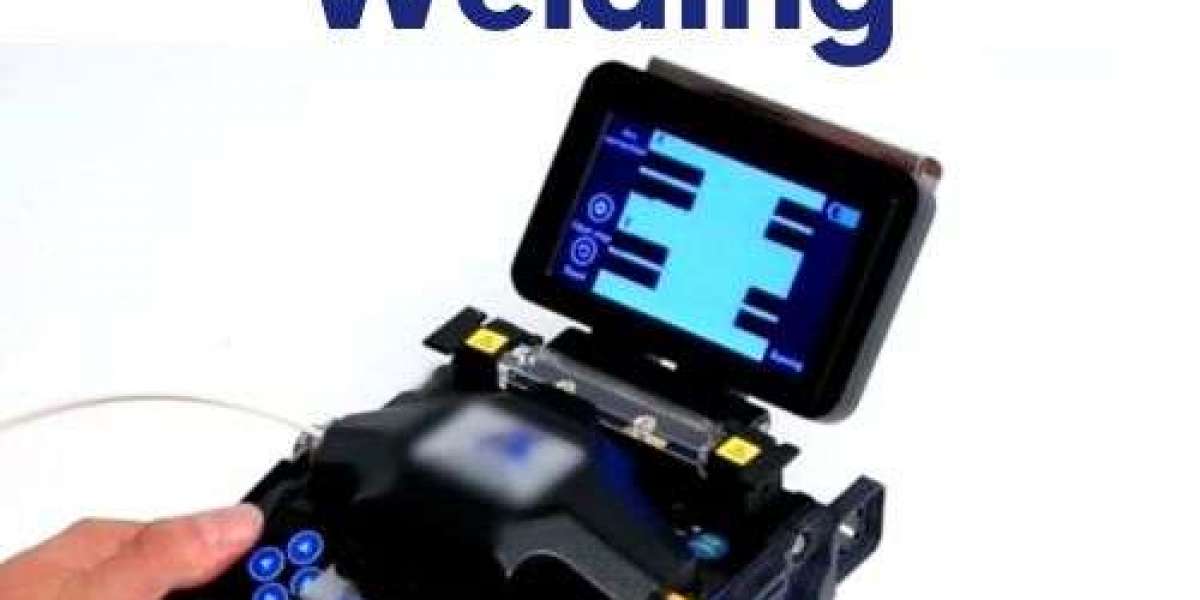Optic fiber welding, or fusion splicing, involves aligning and heating the ends of optic fibers until they fuse together, forming a seamless bond. The fusion of the two glass cores allows light signals to pass with minimal loss, crucial for high-speed and long-distance data transmission. The process requires specialized equipment, precise alignment, and a controlled environment to prevent interference from dust or other particles.
The Importance of Optic Fiber Welding in Modern Technology
With the increasing demand for faster and more reliable internet services, optic fiber networks have become essential. Optic fiber welding plays a vital role in these networks by ensuring that data transmission remains fast and uninterrupted. Unlike copper cables, optic fibers can carry large volumes of data over long distances without significant signal loss, making them a preferred choice in today’s digital age.
Optic fiber welding enhances the performance of fiber optic cables by:
- Improving Signal Quality: Proper welding minimizes signal loss, ensuring high-quality data transmission.
- Increasing Durability: The welded connection is strong, reducing the risk of fiber breaks or disruptions.
- Enabling Scalability: Optic fiber welding allows for network expansion and upgrades, supporting future technology developments.
Optic Fiber Welding Techniques
There are two primary methods of optic fiber welding: fusion splicing and mechanical splicing.
Fusion Splicing: Fusion splicing is the most common method due to its reliability and efficiency. It involves the use of a specialized splicing machine to align the fibers and fuse them using an electric arc. This method ensures a low-loss, permanent connection ideal for critical applications.
Mechanical Splicing: In mechanical splicing, the fibers are aligned and held together with a mechanical device rather than fused. This technique is faster and less expensive, though it may not offer the same low-loss connection as fusion splicing. Mechanical splicing is suitable for temporary repairs or low-budget projects but is generally avoided in high-performance applications.
Essential Equipment for Optic Fiber Welding
Successful optic fiber welding requires precision equipment. Some essential tools include:
Fusion Splicer: This device aligns and fuses the optic fibers. Advanced splicers use cameras and software to ensure accurate alignment, which is critical for minimizing signal loss.
Cleaver: Before welding, the fiber must be cut with precision, which a fiber cleaver achieves. The cleaver creates a smooth, flat end on the fiber for optimal welding results.
Fiber Stripper: A fiber stripper removes the protective coating around the optic fiber, exposing the glass core that will be welded.
Inspection Microscope: After welding, an inspection microscope checks the quality of the weld, identifying any issues that may affect signal integrity.
Heat Shrink Sleeves: These sleeves protect the welded joint, providing durability and insulation against environmental factors.
Steps in the Optic Fiber Welding Process
Preparation: Strip the optic fiber and clean it to remove any dust or particles. Precision is essential at every step to ensure a high-quality weld.
Cleaving: Cut the fibers with a cleaver to ensure smooth, even surfaces.
Alignment and Fusion: Use the fusion splicer to align and fuse the fibers, creating a seamless connection.
Inspection and Protection: Inspect the weld and apply a heat shrink sleeve to protect the joint.
Benefits of Optic Fiber Welding
Optic fiber welding offers numerous benefits that make it essential for modern telecommunications:
High Signal Integrity: Fusion welding minimizes signal loss, enhancing the quality of the data transmitted over long distances.
Durability: Welded connections are robust and can withstand environmental factors, reducing maintenance costs.
Scalability: As networks expand, optic fiber welding allows for easy upgrades and increased bandwidth, future-proofing the infrastructure.
Applications of Optic Fiber Welding
Optic fiber welding is essential in industries that rely on high-speed, reliable data transmission. Common applications include:
Telecommunications: Supporting high-speed internet and mobile networks.
Data Centers: Enabling fast, reliable data transfer between servers.
Medical Imaging: Transmitting high-definition images in real-time.
Military and Aerospace: Ensuring secure, fast communication channels.
In conclusion, optic fiber welding is a cornerstone of modern telecommunications, ensuring efficient and reliable data transmission across vast networks. As technology advances, optic fiber welding will continue to play an integral role in connecting the world with high-speed, robust, and scalable networks. Investing in quality optic fiber welding equipment and following precise techniques will result in a network that can meet today’s demands and adapt to tomorrow’s needs.








